
Why the Market's Pain Will Last Longer Than It Should
by Amanda Heckman, editorial director, Manward Financial Bulletin

We get into trouble for saying it…
But the government is the greatest threat to our wealth.
Look no further than the comments from both President Biden and Fed Chair Jay Powell this week.
We could be convinced the two men were delirious (or drunk with power?).
Both went to Congress this week, begging for permission to continue wreaking havoc on our economy… and its investors.
And both placed the blame for our woes on a familiar enemy when they should have instead looked in the mirror.
That's why we can expect this painful market to last far longer than it should.
Laying Blame
On Wednesday, Biden called on Congress to suspend federal gas taxes for three months in order to bring families "a little bit of relief."
Let's forget the fact that gas tax holidays don't work the way he wants Americans to think they do. They encourage more driving, which means folks don't really save all that much. More driving creates more demand, which puts pressure on supply and causes prices to rise. And they rob the federal Highway Trust Fund of money needed for critical infrastructure repairs.
No, let's not talk about those minor details.
Instead, let's focus on this nugget from his speech…
"For all Republicans criticizing me for high gas prices in America, are you now saying we were wrong to support Ukraine and stand up to Putin? Are you saying that we'd rather have lower gas prices in America than Putin's iron fist in Europe?"
What?
Biden essentially asked Americans whether they'd rather have higher gas prices or let Putin win.
That is a shocking attempt to manipulate folks and place the blame for higher gas prices on a conflict that has, in Andy's words, been "managed in the worst possible way from a monetary standpoint, from a life standpoint, from a political standpoint" by the U.S.
Biden blamed Russia… when the true cause actually lies much closer to home.
Oil and gas prices have been on the rise since the start of Biden's presidency (actually, since Election Day) and the cancellation of a key pipeline on his first day in office.
The truth is that a politically motivated push to alternative, cleaner sources of energy (with the goal of putting the fossil fuel industry out of business) has disincentivized oil companies from investing in expanding infrastructure and production.
Many of the oil majors are – due to regulatory pressure – shutting down refineries rather than updating them.
Yet the clean-energy movement has barely made a dent in the automotive sector… with electric vehicles making up just 5% of cars on the road.
That means there's still plenty of demand for oil… but fewer resources going into providing it.
So it shouldn't be a surprise that this squeeze is showing up at the pump.
But the folks in charge won't admit that. Instead, they blame the Russian boogeyman in a ploy to lower gas prices ahead of a crucial midterm election.
Wrong Again
Biden's partner in crime, Jay Powell, also showed up at the Capitol, again attempting to calm nerves over high inflation.
He tried to reassure members of Congress that he was fully committed to bringing it down.
And he too blamed Russia for surging inflation…
"The surge in prices of crude oil and other commodities that resulted from Russia's invasion of Ukraine is boosting prices for gasoline and fuel and is creating additional upward pressure on inflation."
Again, that sure is a lot easier than admitting your own mistakes. The path to higher inflation was paved long ago. It could have been fixed back when the folks in charge were saying it was all "transitory" and nothing to worry about.
As Andy put it in a call with his Alpha Money Flow and Venture Fortunes subscribers recently…
"I mean, who couldn't have guessed that when we printed $5 trillion to $6 trillion in 2020 that we'd get inflation – or that pulling back would cause issues? You can't just give somebody a stimulant and not expect a headache or a hangover when you take it away."
So as the puppeteers scramble to appease the country by blaming our woes on a war half a world away… investors and consumers are watching their portfolios shrink and their savings disappear.
We were right again. The government truly is the greatest threat to our wealth.
It's a powerful statement… and it's never been more starkly true than it is today.
New Opportunities Are Emerging For Citizens of The World.
Freedom and democracy may appear to be struggling to stay alive in America, but there may be a knock-out punch ready to be released. The evolution of the blockchain-enabled metaverse is going to enable the 'Citizens of the World' to gain their own Freedom by democratizing power and creating a new world with new rules, new players, and new opportunities. For 99.99% of us, the metaverse will improve our real-world lives through the democratization of power and opportunity.
Along with the major long-term trend of society towards decentralization and smaller-scale organizations, there are new opportunities developing to help 'Preparers' in the cryptocurrency sector. Businesses are beginning to issue their own Crypto Coins that can be traded on Cryptocoin Exchanges.
Markethive.com for example will be releasing its HiveCoin (HIV) in the coming weeks. It has tremendous upside potential that is outlined in a Video by Founder Tom Prendergast, "Entrepreneur Advantage…".
Not only that, if you go to their website and register as a FREE Member, you will be given 500 HiveCoins for "FREE" along with access to several Earning Opportunities and online tools to increase your HiveCoin balance.
Be sure to check it out today – Markethive.com
Tim Moseley






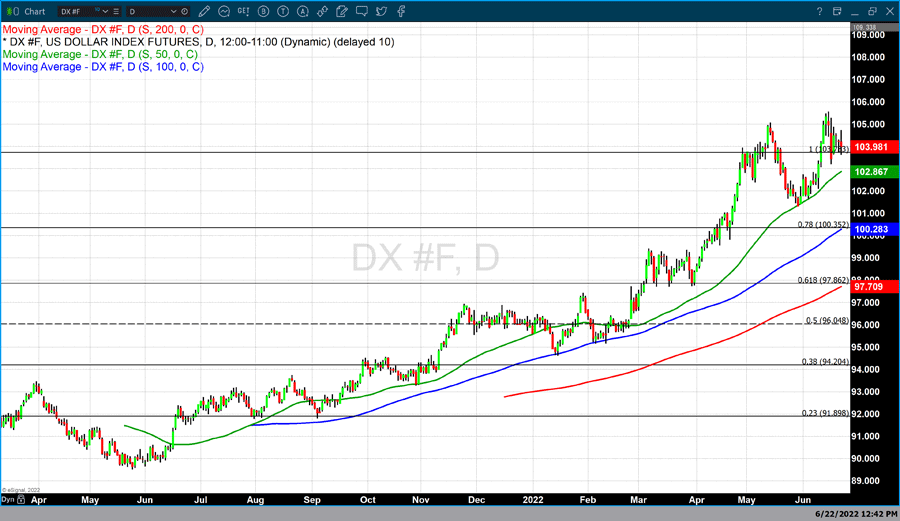
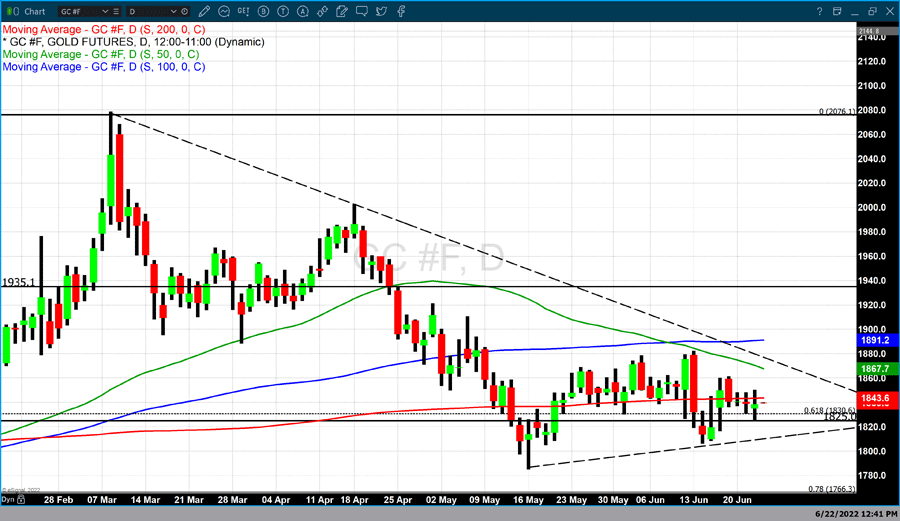
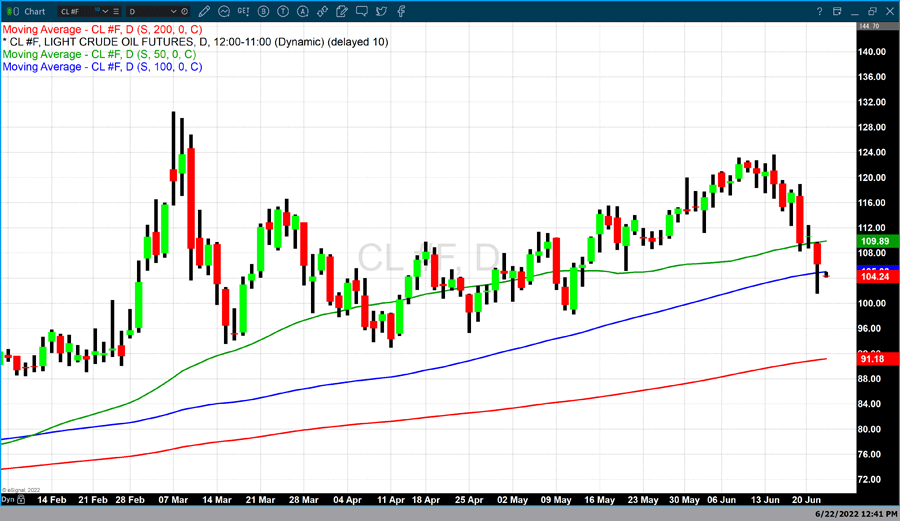
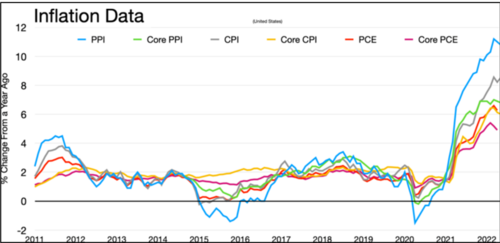
.jpeg)
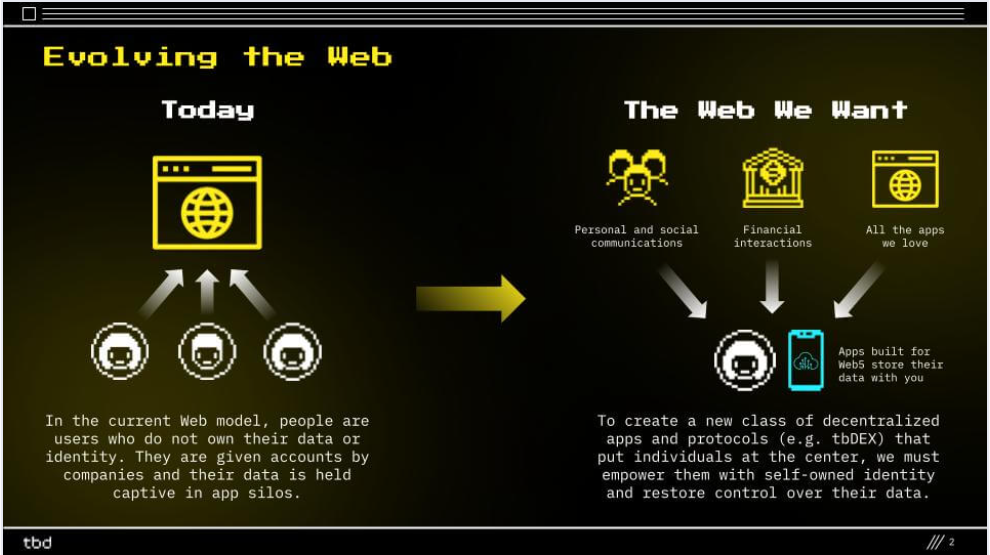


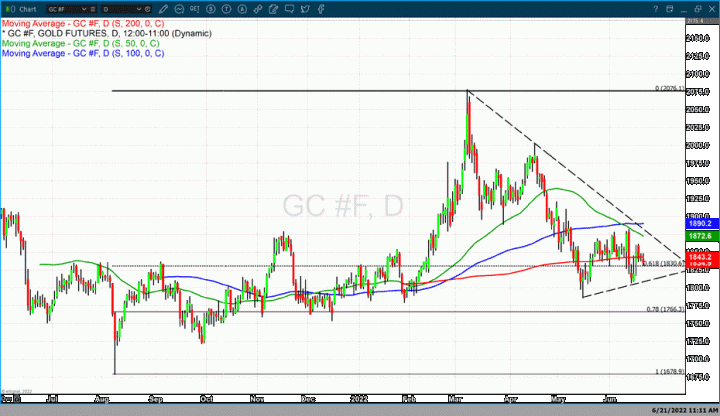
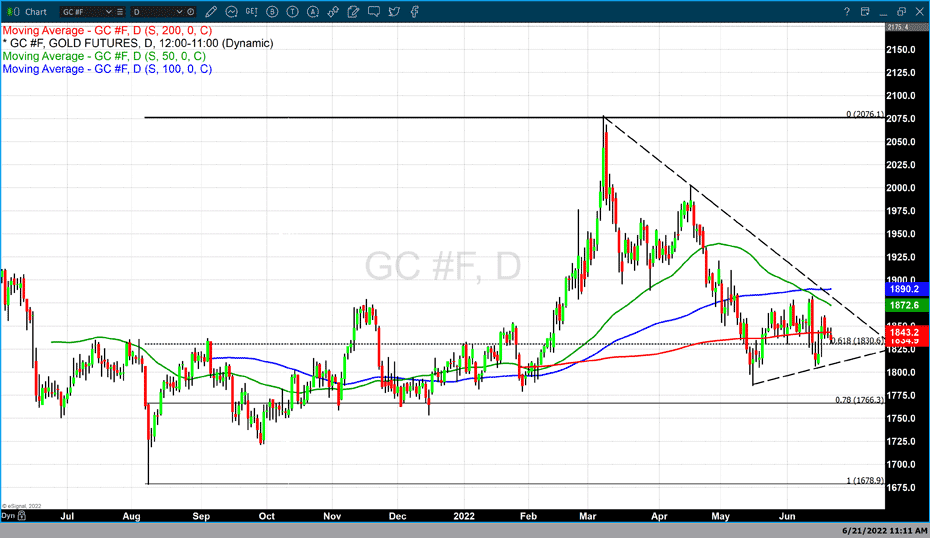
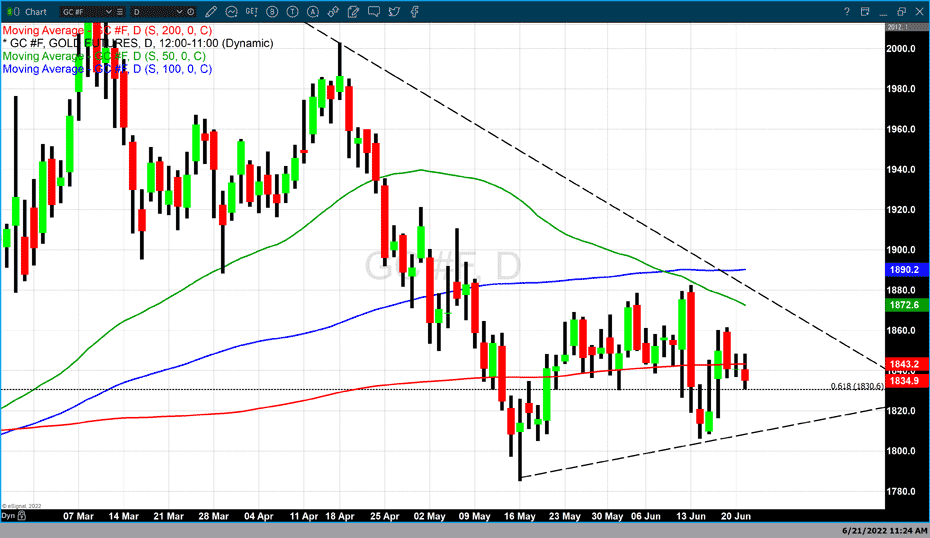


.gif)

